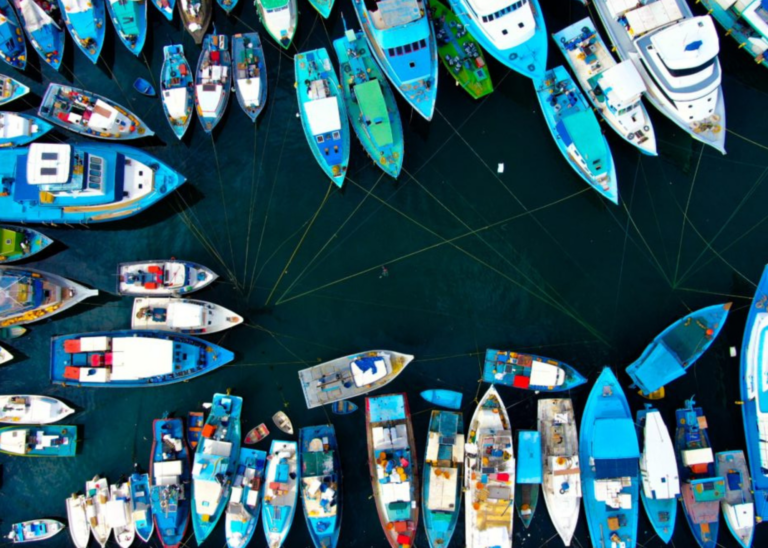Laura Miller is a coordinator for the Conservation Alliance for Seafood Solutions, which is a community of organizations connected by a common focus on seafood production and its effects on the environment, the economy, and communities around the world. In May, the Alliance published a letter of support for the seafood industry in response to the impact of the COVID-19 pandemic. We spoke to Laura about the impetus for the project, the process she and colleagues took to publish it, and the outcome.
Can you provide background information on the Conservation Alliance? What is the Alliance’s relationship with the seafood industry?
The Conservation Alliance is a community of groups from all over the world that have a shared belief that seafood production is a powerful driver for the health of ocean ecosystems and the well-being of many people around the world whose livelihoods are dependent upon them.
Our community works with businesses to drive change in seafood production to create environmental and livelihood wins.
As the pandemic began, what were you hearing about the impact on the seafood industry?
Something that became evident right away was that the impacts of the pandemic were being felt in the seafood industry immediately, and at a really fundamental level. Do I get to go out and fish today or don’t I? Is my restaurant that sells seafood open today, or isn’t it? How can I keep my essential retail employees and retail customers safe?
In response to these pressing concerns, we felt it was important for us to take a step back and show support for the people who work in seafood and who make all of our work in sustainability possible.
We moved really quickly, and I’m proud of the way we were able to respond.
How did you decide that the Alliance had to act?
The idea to publish a letter was generated internally following an early suggestion from an Alliance Board member. We wanted to say something publicly about how COVID-19 was impacting our sector and show support for the companies, and their employees, that our community has been working with for over a decade.
How did you decide what to do?
When the pandemic first hit, we moved quickly to organize calls with our full community to identify needs and ways we could take action.
What were your/the Alliance’s goals? What did you hope would result from this?
We wanted to make clear our intention to listen to the needs of partners who we’ve been working with for a long time and offer our willingness to support them in any way we could. We recognized that many were consumed by pressing challenges brought on suddenly by the pandemic, and it was important to us that we acknowledged these hardships.
If there is no seafood industry, there is no sustainability work for us to do. Our work engaging seafood businesses to produce conservation and livelihood wins depends on our community’s relationships with people championing sustainable seafood, so coming together in a shared understanding of what’s needed in the movement right now is really important.
What was your process in drafting the letter, collecting signatures, and releasing it?
We had an initial team made up of interested members and staff that wrote the draft, then it went to the full community twice for feedback.
What challenges did you face, if any, and how did you address them?
It’s important to remember that the Alliance community shares big values and holds a lot of the same beliefs, but these are all completely separate organizations with their own approaches, missions, goals, and mandates. Not everyone will agree all the time. It can be challenging, but also fruitful, to go through processes like these. We learn so much any time we work to align or speak with a shared voice.
What was the reaction?
Overall, the community response was really positive, and we had 20 leading sustainable seafood organizations sign onto the letter. I think it speaks to what’s special right now in how we’re seeing folks come together and work toward a greater good.
What did you learn from this experience, and what advice would you give to someone else?
The exercise of reaching alignment across our community is always a valuable one. It causes us to pause and think about our core values and missions. What are we trying to do and why are we trying to do it? Conversations like this are critical for a community like ours, which is so dependent on its people. This work doesn’t happen if we don’t take care of each other and if we don’t take time to have those discussions to learn from one another.
It was also about taking action amidst uncertainty. Rather than wait for industry to tell us what they needed, we went ahead and said “we’re here; we’re listening; we’re in this together”.
